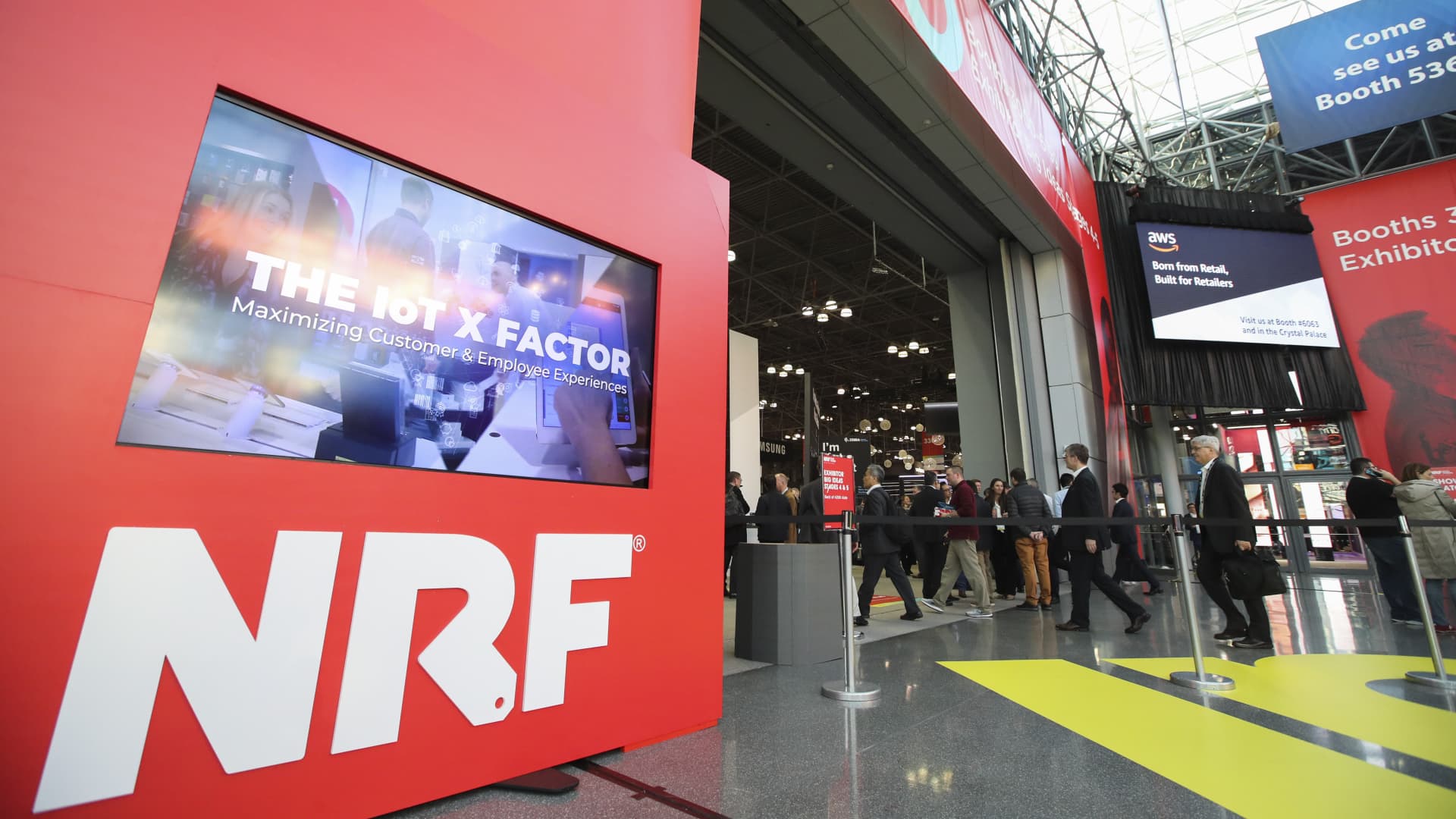The leading retail lobbying group has walked back a key claim about shrink, or inventory losses from various sources, after a news investigation revealed that the analysis was incorrect.
The Friday retraction from the National Retail Federation underscores just how difficult it is for the industry to accurately measure the impact and source of inventory losses, even as it uses that data to lobby lawmakers to pass stricter laws that crack down on theft.
In April, the NRF published a report about organized retail crime in conjunction with private security firm K2 Integrity that claimed “nearly half” of the estimated $94.5 billion that retailers said they lost to shrink in 2021 “was attributable” to ORC.
That claim contradicted the NRF’s own annual shrink survey that showed all external theft – not just incidents related to organized groups – accounted for just 37% of those losses in 2021.
Typically, organized retail crime refers to incidents that involve coordinated groups of people who shoplift from stores and then resell the items either online or in informal street and flea markets. Retailers often point to it as one of the biggest issues affecting their stores, associates and profitability, and are mounting a concerted lobbying campaign to convince state and federal lawmakers to pass laws that would bring harsher penalties for organized theft offenses.
External theft, on the other hand, includes any goods stolen by someone who doesn’t work for the retailer. It includes petty shoplifting incidents, which retailers usually say they are not as concerned about.
The NRF retracted the claim after an investigation from Retail Dive published at the end of November revealed the discrepancy. NRF spokesperson Mary McGinty told CNBC it was based on U.S. Senate testimony given in 2021 by Ben Dugan, a current asset protection executive at CVS Health and the former president of advocacy group the Coalition of Law Enforcement and Retail.
In his testimony, Dugan said that ORC accounted for $45 billion in annual losses for retailers, according to the coalition’s estimates.
“The statement that ‘nearly half of… [shrink] was attributed to ORC’ was a mistaken inference made by the K2 analyst linking the results of the NRF NRSS survey from 2021 and an assertion by Ben Dugan from CLEAR in 2021 Senate testimony,” McGinty told CNBC.
The NRF modified the report and removed the claim, McGinty said. Dugan directed CNBC to CLEAR for a response.
She added that the NRF “stand[s] behind the widely understood fact that organized retail crime is a serious problem impacting retailers of all sizes and communities across our nation,” but acknowledged how difficult it is to gather data on theft.
“At the same time, we recognize the challenges the retail industry and law enforcement have with gathering and analyzing an accurate and agreed-upon set of data to measure the number of incidents in communities across the country,” McGinty said. “The reality is retailers and law enforcement agencies continue to experience daily incidents of theft, partner in large-scale investigations and report recoveries of stolen retail goods into the millions of dollars.”
The NRF’s studies are the best guess the industry can make about how shrink affects companies. The media widely reports on them, and lawmakers use them as evidence when they call for stricter laws and regulations.
But the flawed data reinforces skepticism about the claims that retailers and their powerful trade associations make about organized retail crime, because even the industry’s own data is difficult to trust.
The NRF’s retraction isn’t the first time the firm published data that later ended up incorrect.
In a previous NRF shrink survey, it reported that retailers saw $94.5 billion in inventory losses in 2021. It calculated that by applying the average shrink rate of 1.4% to preliminary retail sales data reported to the U.S. Census Bureau that year.
When the U.S. Census later published its final retail sales number for the year, those figures were lower than estimates, making shrink losses about $600 million less than what the NRF originally reported.
When CNBC brought this discrepancy to the NRF’s attention earlier this year, the firm didn’t revise the data point in its survey. It did use the correct figure in its 2022 report when it compared that year’s losses with the prior years.
McGinty noted that the Census “revises and then revises again and again,” but the firm doesn’t revise its published numbers “because it is a ‘point in time’ number.”
“It’s not flawed data,” McGinty said. “It’s data based on the best available information at the time.”
Don’t miss these stories from CNBC PRO:
- Saudi Arabia is struggling to boost oil prices, raising possibility of supply war with U.S.
- Here’s where to invest $250,000 for the next 5 years
- Citi is so bullish on this biotech stock it gives it 800% potential upside
- ‘It’s beginning to look a lot like VIX-mas.’ What Wall Street’s fear gauge is saying right now
